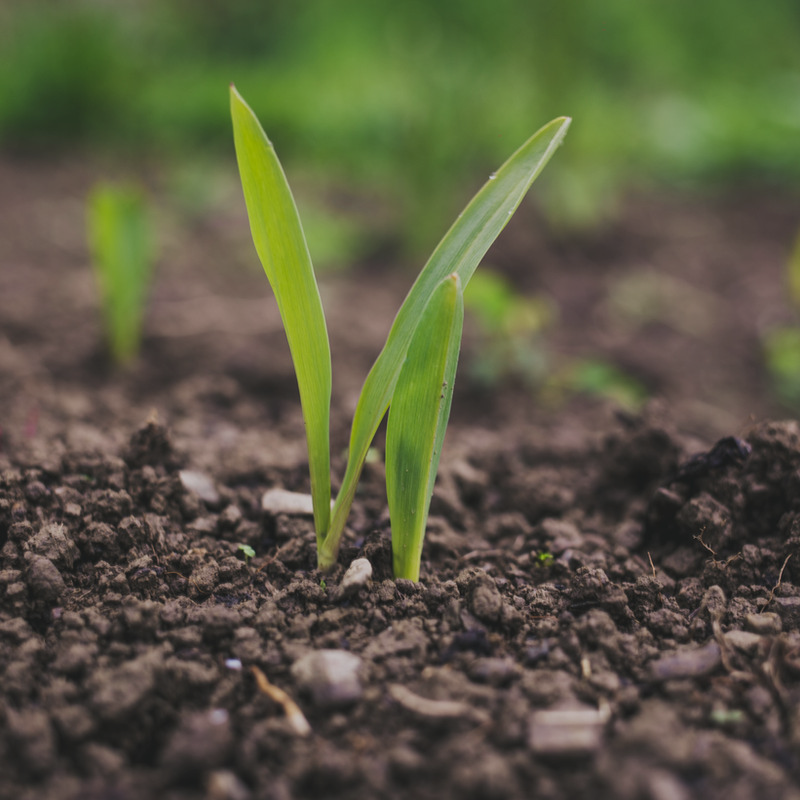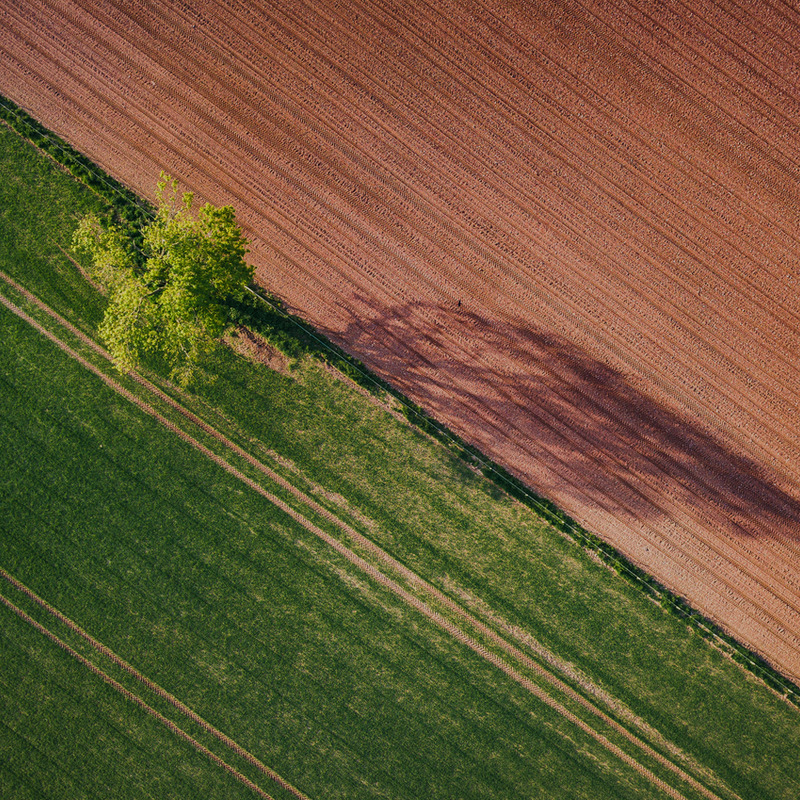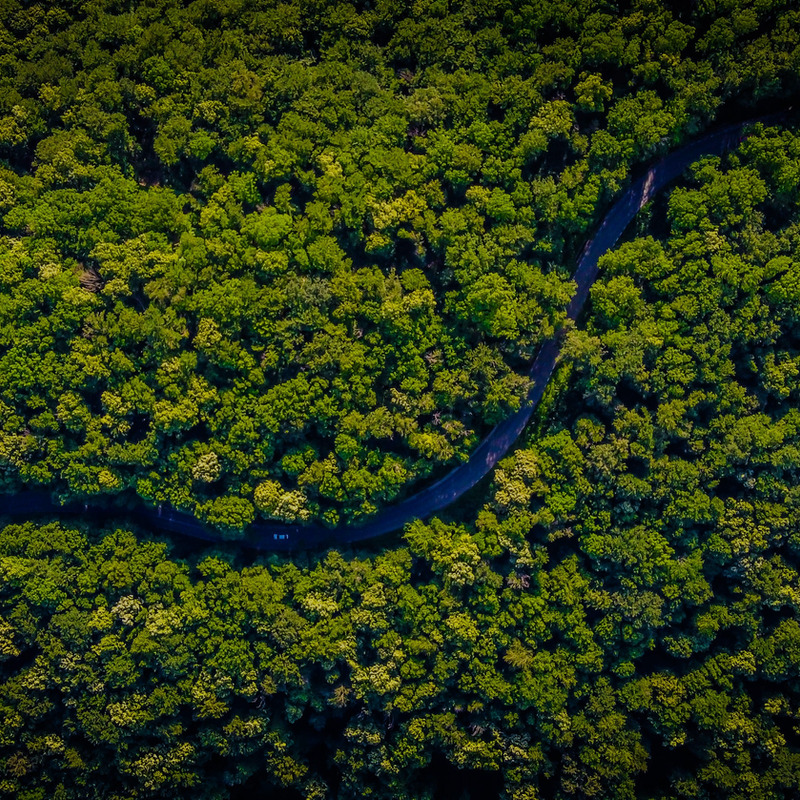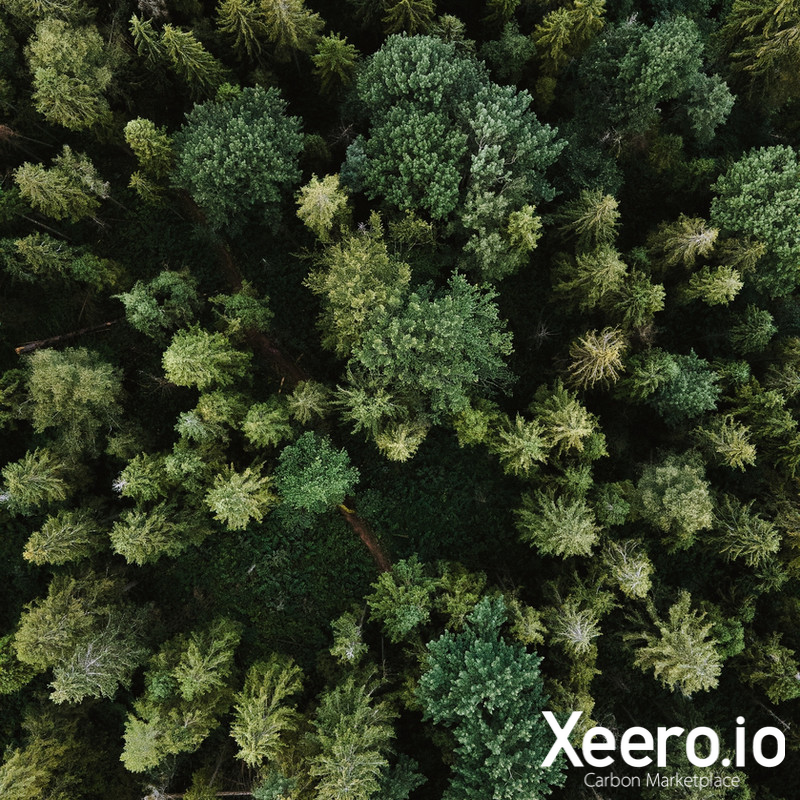Avoided Deforestation, reforestation and afforestation projects play a crucial role in offsetting carbon footprints and reducing greenhouse gas emissions. These initiatives help to improve soil health and sequester carbon, which is crucial for mitigating climate change.
Avoided Deforestation
Avoided deforestation is the protection of existing forests. Trees absorb carbon dioxide from the atmosphere, and when they are cut down, that carbon is released into the atmosphere. Deforestation accounts for about 20% of all greenhouse gas emissions, so avoiding deforestation is a very important way to reduce our impact on the climate.
Reforestation
Reforestation is the restoration of a forest that has been cut down or damaged. Replanting trees helps to offset the carbon that was released when the original forest was destroyed, and it also helps to improve soil health and biodiversity. Afforestation is the planting of trees in an area where there were no trees before. This can help to offset deforestation, and it can also help to prevent erosion and soil degradation.
Afforestation
Afforestation is the planting of trees in an area where there were no trees before. This can help to offset deforestation, and it can also help to prevent erosion and soil degradation. Afforestation is the process of creating forests on land that was previously unforested, typically for longer than a generation.

Soil Management
Soil management is the process of taking care of the soil so that it can support healthy plant growth. This includes things like mulching, composting, and crop rotation. Soil management helps to keep the soil healthy, which in turn helps to reduce greenhouse gas emissions. Soil management is important for avoiding deforestation because healthy soils are better able to support tree growth.
Soil management projects include:

Mulching: Mulching is the process of adding a layer of organic material (like leaves, straw, or wood chips) to the surface of the soil. This helps to keep the soil moist and protect it from erosion. It also helps to improve soil health and fertility.
Composting: Composting is the process of breaking down organic materials (like dead plants or animal waste) into a nutrient-rich soil amendment. Composting helps to improve soil health and fertility, and it also helps to reduce greenhouse gas emissions.
Crop rotation: Crop rotation is the practice of rotating different types of crops in a given area from year to year. This helps to maintain healthy soil conditions and prevent erosion. It also helps to improve soil fertility and reduce the need for pesticides and fertilizers.
Nutrient management: Nutrient management is the process of managing the nutrients in the soil. This includes things like adding compost or manure, applying mulches, and using crop rotations. Nutrient management helps to maintain healthy soil conditions and prevent erosion. It also helps to improve soil fertility and reduce the need for pesticides and fertilizers.
Soil testing: Soil testing is the process of analyzing a sample of soil to determine its chemical composition. Soil testing helps to identify any nutrient deficiencies or other problems that might be affecting plant growth. It also helps to determine how much fertilizer or compost needs to be added in order to correct these problems.
Soil conservation: Soil conservation is the practice of protecting and managing the soil so that it can be used for agriculture or other purposes. Soil conservation includes things like planting trees, using mulches and compost, and practicing crop rotation. Soil conservation helps to maintain healthy soil conditions and prevent erosion. It also helps to improve soil fertility and reduce the need for pesticides and fertilizers.

Wetland restoration: Wetland restoration is the process of restoring a wetland that has been damaged or destroyed. Wetlands are important for maintaining healthy ecosystems, and they also play a important role in reducing greenhouse gas emissions. Wetland restoration helps to offset the carbon that was released when the original wetland was destroyed, and it also helps to improve water quality.
Water Footprint
A water footprint is a measure of how much water a person or company uses. It includes both the direct water use and the indirect water use. The indirect water use includes things like the water used to produce the food we eat and the energy we use. Like a carbon footprint, an individual’s water footprint can be reduced by making changes in the way we live.
The water footprint of a forest, for example, is the amount of water used to produce the wood and other products from the forest. In a country or region is the sum total of all the individual water footprints within that area.
Carbon Offsets
A carbon offset is a measure of the reduction in greenhouse gas emissions that results from a particular action. For example, if you take a bus instead of driving your car, you can claim the carbon offsets from the bus trip. This means that you have reduced the amount of greenhouse gas emissions that would have been released if you had driven your car.
Carbon offsets are a way to reduce greenhouse gas emissions by investing in projects that prevent or reduce emissions. For example, you can buy carbon offsets from a company that invests in avoided deforestation or reforestation projects. This helps to reduce the amount of carbon dioxide that is released into the atmosphere, and it also helps to improve soil health. Carbon offsets are a way to take action on climate change even if you can’t reduce your own greenhouse gas emissions.
Common carbon offset projects include:
Recycling: Recycling helps to reduce the amount of waste that is sent to landfills, which in turn reduces the amount of methane gas that is released into the atmosphere. Methane gas is a potent greenhouse gas, and it contributes to climate change.
Renewable energy: Renewable energy sources like solar and wind power don’t produce greenhouse gas emissions, so they help to reduce the amount of carbon dioxide that is released into the atmosphere.
Solar energy: Solar energy is the use of the sun’s radiation to generate electricity. Solar energy is a renewable source of energy, and it doesn’t produce greenhouse gas emissions.
Wind power: Wind power is the use of wind turbines to generate electricity. Wind power is a renewable source of energy, and it doesn’t produce greenhouse gas emissions.
Energy efficiency: Energy efficiency is the use of less energy to do the same job. For example, you can save energy by turning off your computer when you’re not using it. Energy efficiency helps to reduce the amount of greenhouse gas emissions that are released into the atmosphere.
Efficient transportation: Transportation accounts for a large percentage of greenhouse gas emissions, so improving transportation efficiency can have a big impact on climate change. Things like public transit and carpooling help to reduce the number of cars on the road, which reduces greenhouse gas emissions.
Avoided deforestation: Carbon footprints can also be offset through the funding of avoided deforestation projects. Avoided deforestation projects prevent trees from being cut down, which reduces the amount of carbon dioxide that is released into the atmosphere.
Reforestation: Reforestation projects help to offset carbon footprints by planting new trees. Trees absorb carbon dioxide from the atmosphere, so reforestation projects help to reduce greenhouse gas emissions.
Afforestation: Afforestation projects help to offset carbon footprints by planting new trees. Unlike reforestation projects, afforestation projects plant trees in areas where there were no trees before. This helps to increase the amount of forests in the world, and it also helps to reduce greenhouse gas emissions.
Soil management: Soil management projects help to improve soil health by adding nutrients and organic matter to the soil. Soil health is important for sequestering carbon, and improving soil health helps to reduce greenhouse gas emissions.

